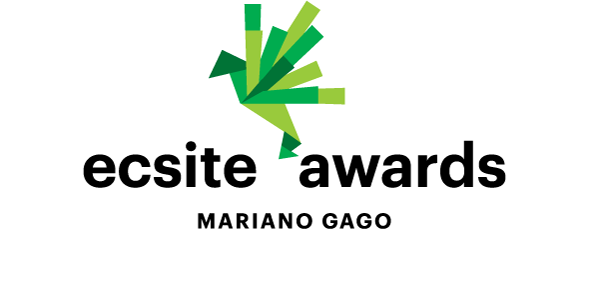Copernicus Science Centre conducts modern science communication through interactive exhibitions addressed to different groups (adults, adolescents and children), shows and workshops on scientific themes, debates and discussions as well as activities from the borderland of science and art. The mission of the Centre is to encourage personal engagement in discovering and understanding the world, as well as taking responsibility for the changes occurring around us.
Copernicus Science Centre covers 20,000 m2 and houses six expositions, a planetarium, a Robotic Theatre, a Discovery Park and four laboratories. The first module of the Centre building was opened in November 2010 along with five galleries: On the move, Humans and the environment, Roots of civilization, Lightzone and Buzzz! The last one called RE: generation started in March 2011. The permanent exhibition contains some 430 exhibits situated on almost 5,000 m2, attracting about 2,500 visitants daily. Planetarium the Heavens of Copernicus and Discovery Park were opened in June and July 2011. Until the end of 2011 Physics Laboratory, Chemistry Laboratory, Biology Laboratory and Robotics Workshop were opened.
Until September 2013 Copernicus received 3 million visitors.
The Copernicus Science Centre has the status of a cultural institution that was established and is funded by the Capital City of Warsaw, Ministry of Science and Higher Education and Ministry of National Education.
Mariano Gago Ecsite Awards
The Copernicus Science Centre (Warsaw, Poland) for their Young Explorers Clubs - a project whose objective is to enable children and young adults to develop collaboration, critical thinking, and problem solving skills by getting to know the world better through hands-on...

